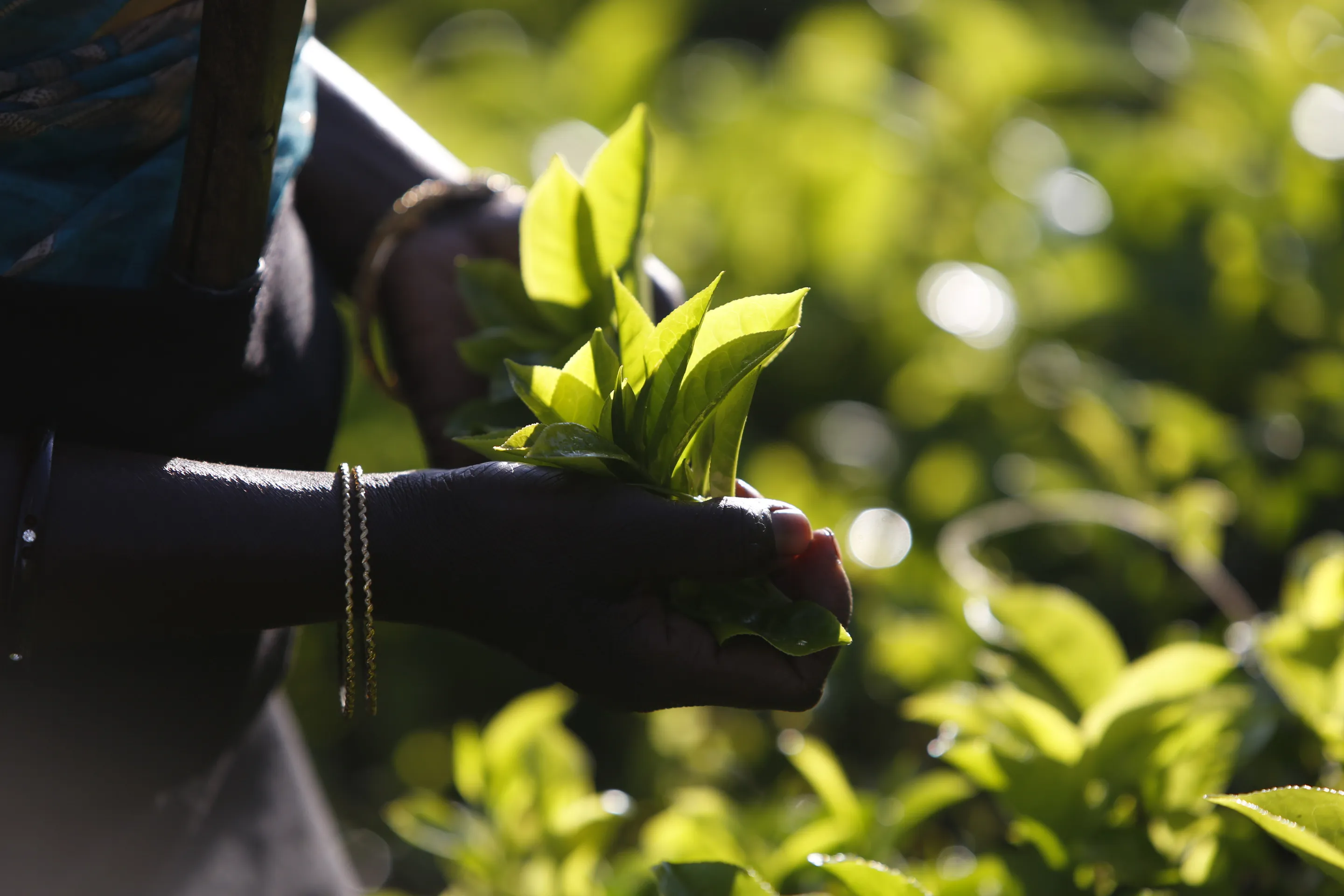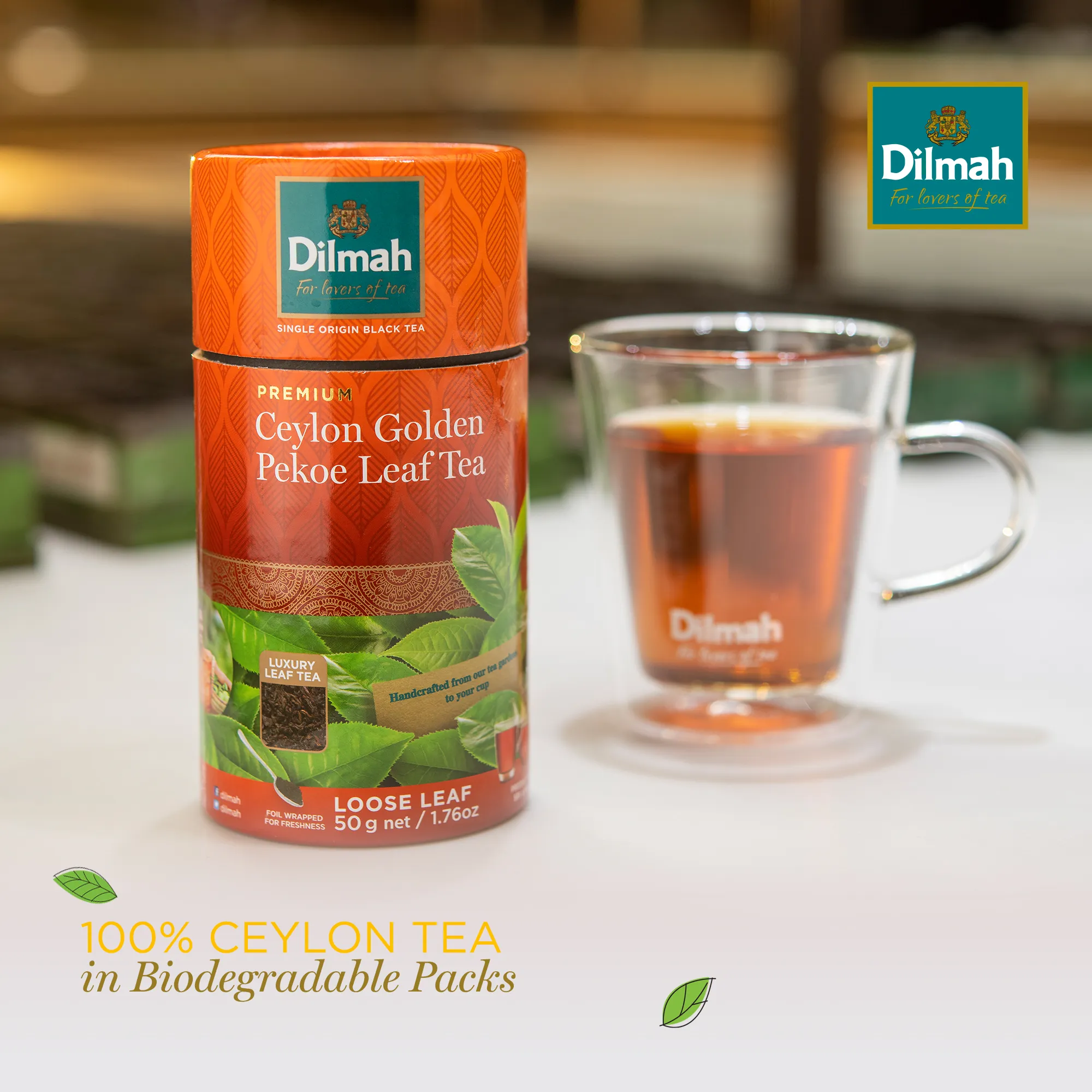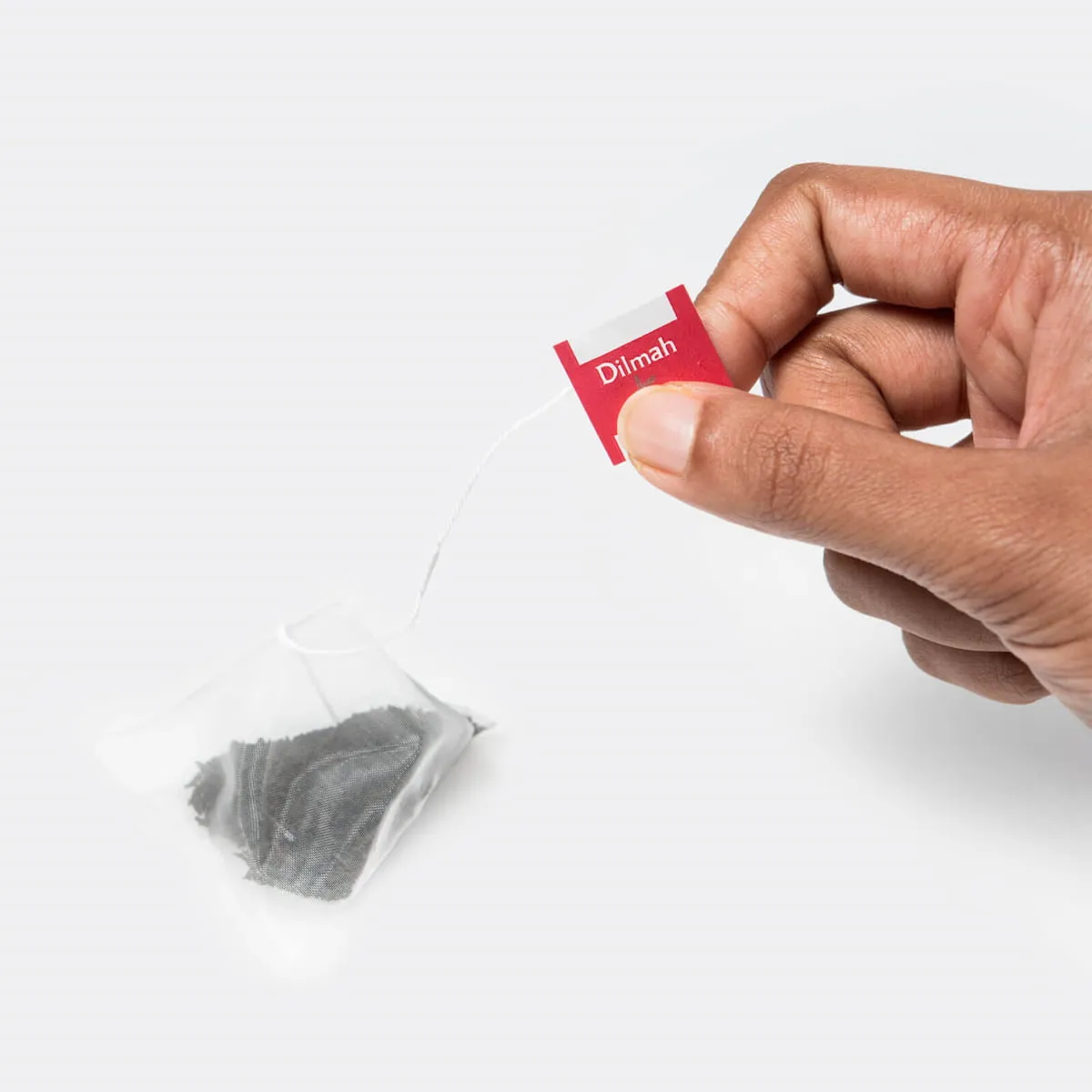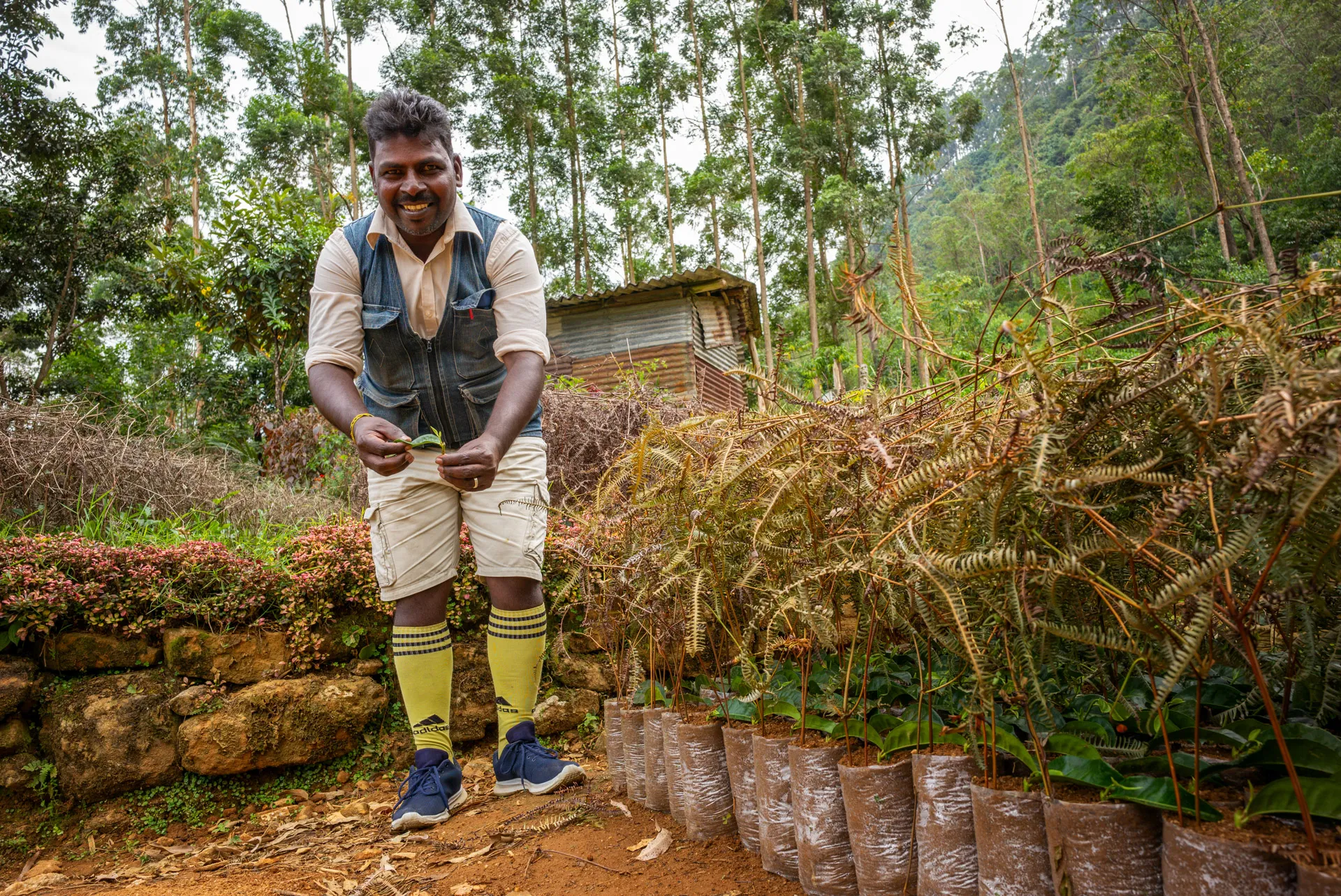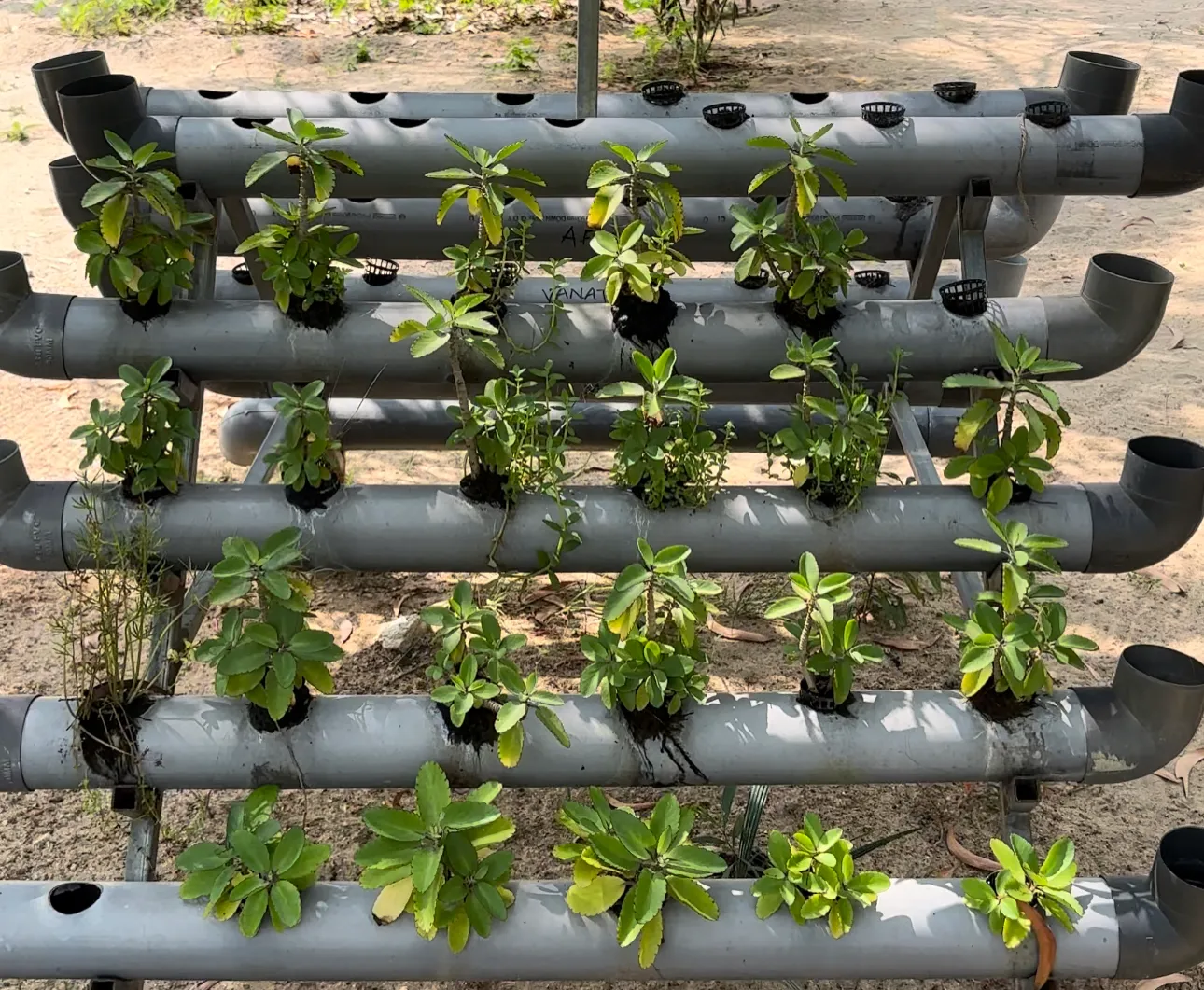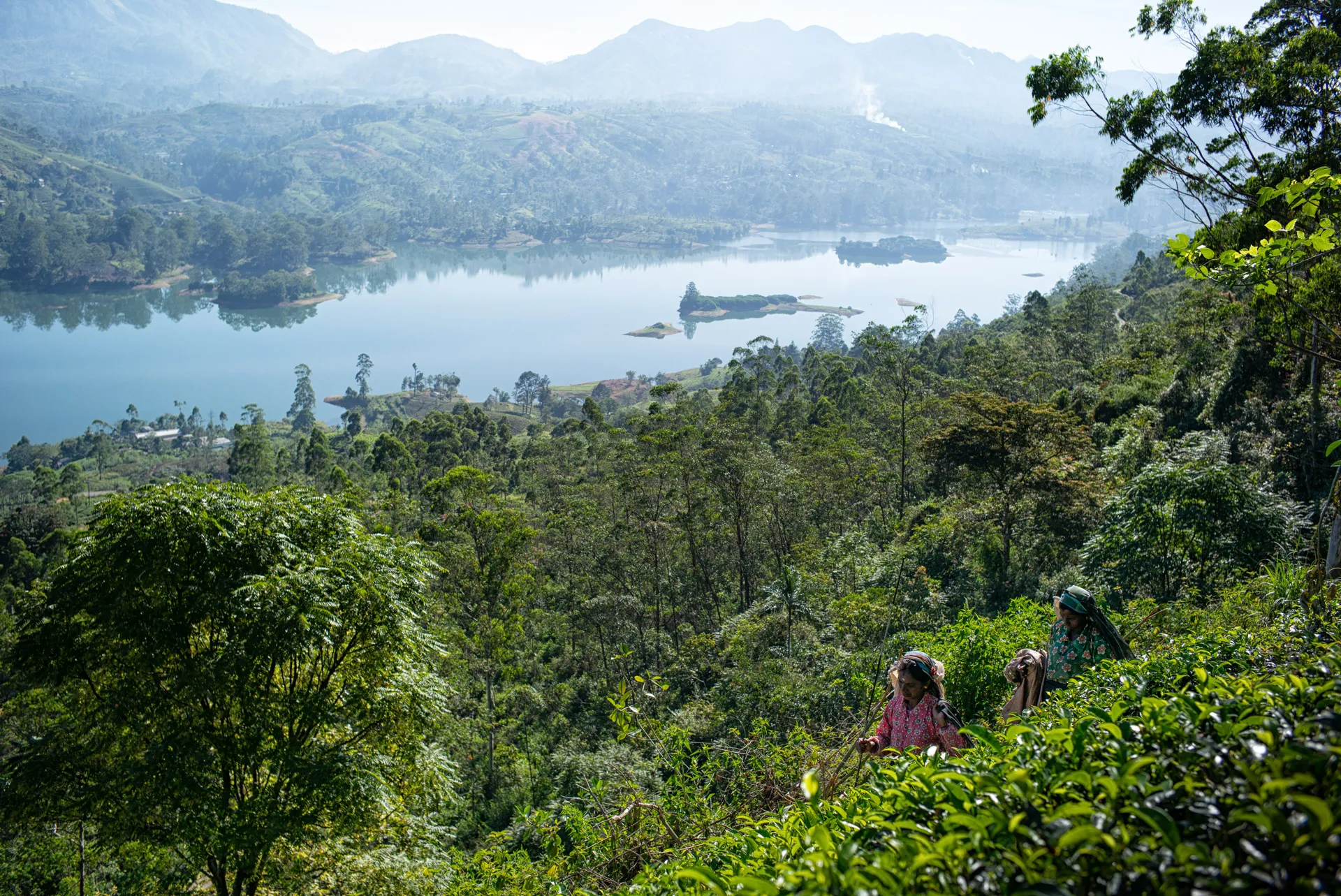Sustainable Packaging
Sustainable packaging is an important part of environmental protection and corporate responsibility in today's world, and though it shows great promise, there remain many challenges and obstacles on the way to a truly sustainable packaging industry.
Chapters
What is sustainable packaging?
This is packaging designed to minimize its impact on the environment, where the focus is on environmentally compatible and resource-saving production that places the protection of people and the environment at the center. They are made from recycled materials, or are even recyclable themselves, using biodegradable materials that can be returned to nature after use. Sustainable packaging is often produced in compliance with existing environmental standards, such as the use of renewable energy, or a reduction in greenhouse gas emissions.
In addition to ecological aspects, sustainable packaging also takes social and economic factors into account. These include, for example, compliance with fair working conditions during production, the use of regional raw materials or the promotion of local economic cycles. The longevity of packaging is also considered: Sustainable packaging should help reduce food waste by extending the shelf-life of products, significantly preventing rapid spoiling. Overall, the goal is environmentally sound and sustainable production that focuses on protecting people and the environment, while also meeting the needs of consumers and businesses.
Overview of sustainable packaging options
There are a variety of alternatives to conventional packaging that are environmentally conscious and conserve resources. From biodegradable and compostable packaging to digital packaging solutions - companies have many ways (depending on application area and product type) to use sustainable packaging and, thus, to contribute to environmental protection.
Biodegradable packaging
This is packaging that can be decomposed by microorganisms in nature. The packaging consists of organic materials, such as plant-based raw materials or biodegradable plastics. Unlike conventional plastics, which take centuries to degrade, biodegradable packaging degrades in a matter of months or years. As a result, they can help reduce the environmental impact of packaging waste. However, biodegradable packaging must be disposed of under specific conditions in order to actually degrade, so proper disposal and collection is necessary.
Compostable packaging
Packaging that, under certain conditions, can be broken down into compost in industrial composting plants, and. . usually made of natural materials such as wood, starch, or cellulose that are free of synthetic additives. Unlike biodegradable packaging, compostable packaging will only break down to become compost under certain conditions, such as temperature and moisture. The compost can then be used as fertilizer for plants. This helps to reduce packaging waste while having a positive effect on soil quality. Like biodegradable packaging, this packaging must be disposed of under specific conditions in order to be properly composted.
Recyclable packaging
Packaging that can be collected, sorted, and recycled after use to make new products. This packaging is made from materials that can be reused in a closed loop, such as paper, cardboard, glass, aluminum, or plastics such as PET or HDPE. Recyclable packaging saves valuable resources, and helps reduce the environmental impact of packaging waste. Again, it comes down to proper disposal and collection of recyclable packaging to ensure that it can actually be recycled and does not end up as pollution in the environment.
Reusable packaging
This is packaging that can be cleaned, refilled, and reused after use. Unlike single-use packaging, disposed of after one use, reusable packaging can be used several times before being replaced or recycled. Typical examples of reusable packaging include beverage bottles and glass food containers. Reusable packaging helps reduce waste and resource consumption. However, reusable packaging also requires special logistics systems and cleaning processes in order to be reused hygienically and safely.
Refill systems
Very similar to reusable packaging, there are also so-called refill systems. Refill is a concept where consumers bring their own containers and have them refilled with a product. This system is mainly used for drugstore or food products, such as shampoo, detergent, oil or flour. Refill systems help conserve resources and reduce packaging waste, since such packing can be used over and over again. Refill can also promote the use of environmentally- friendly materials in packaging, as the containers need to be more durable. However, this system requires sound logistics to re-collect, clean, and refill the empty containers, thus adding additional costs and challenges.
New innovative approaches
Innovative approaches to sustainable packaging are currently the focus of much research and development. This involves developing new materials and technologies more environmentally friendly than conventional packaging, while remaining functional and cost-effective. Some promising approaches include the use of fungi as biodegradable packaging materials, the use of algae or corn starch as bioplastic materials, and the development of smart packaging that can monitor the condition of the product and extend its shelf life. The application of recycling technologies such as chemical recycling, which allows plastic waste to be used in new products, is also gaining momentum. These innovative approaches have the potential to improve the sustainability of packaging in the future, helping to reduce the environmental impact of packaging waste.
Advantages & disadvantages of sustainable packaging for companies
Sustainable packaging offers companies numerous advantages, the largest one being a positive contribution to environmental protection. Customers, investors and other stakeholders will honor this and perceive it positively. The use of sustainable packaging can improve a company's image, and give it a competitive advantage in the marketplace.
Another advantage of sustainable packaging is its cost-effectiveness. Sustainable packaging can often be used multiple times, and requires less frequent replacement. They can also be made from recycled substances, reducing material costs. Savings can also result from lower transport volume and weight.
In addition to the environmental and economic benefits, there are other advantages. Sustainable packaging can be of higher quality and durability than conventional packaging, which can improve product protection and contribute to customer satisfaction. It can also meet regulatory compliance and standards, helping to avoid potential fines or other penalties.
However, sustainable packaging does have a few disadvantages. It can cost more to produce than conventional packaging, which means a larger investment for companies. Also, some sustainable packaging solutions may not perform as well as conventional ones, which can have a negative effect on product protection and shelf life. Nevertheless, the advantages outweigh the disadvantages, and are an important step towards a more environmentally-friendly production and consumption culture.
Dilmah's implementations of sustainable packaging
As a proud family business with a deep commitment to the environment and community, Dilmah made a commitment many years ago to use sustainable packaging. We are dedicated to being responsible to our environment and committed to packaging our products in an environmentally safe way, without compromising the quality and taste of our teas. We know that our customers expect not only high quality tea, but also environmentally friendly packaging. That's why we've taken a hard look at which packing materials and technologies best suit us and our vision of sustainability.
Dilmah takes a holistic approach to sustainable packaging, using only environmentally friendly.materials. Our biodegradable packaging is made from corn starch, and is designed to degrade quickly and completely without leaving behind any harmful effects. Our compostable packaging is made from paper, PLA (a biodegradable polymer), and sustainable wood fiber, and can be fully composted in industrial composting facilities. Our packaging is made from recycled paper and cardboard, and can be easily recycled again after use.
Our first step was to introduce biodegradable tea bags without any plastic parts. This was a groundbreaking innovation for us, and allowed us to offer an environmentally safe alternative to conventional tea bags on the market. Our tea bags are made of corn starch and compostable material, making them almost completely biodegradable after use.
We have also invested in the development of environmentally friendly packaging for our loose tea varieties. Our loose tea packaging is made from a blend of paper and aluminum-free metallized PE (polyethylene), thus ensuring that it is fully recyclable.
Another important step was the introduction of reusable metal cans, which allow our customers to refill our teas and reuse their tea cans. These cans are made of high-quality, 100% recyclable aluminum , making them an environmentally friendly alternative to traditional packaging.
We also used reusable packaging and refill systems to reduce waste and minimize environmental impact. Our reusable packaging is made from durable materials, such as stainless steel, bamboo, and glass, and can, of course, be used over and over. We also offer refill systems where customers can bring their empty cans or containers to be refilled with fresh tea leaves. This minimizes the need for disposable packaging and reduces waste.
We are proud that our sustainability efforts have been recognized by independent certification bodies, like CarbonNeutral® and Rainforest Alliance Certified™. These certifications confirm our commitment to protect the environment and promote sustainable practices in tea production and packaging.
As a company, we are aware that there is still much to be done to create a more sustainable future. But we believe that we can make a positive contribution by using environmentally friendly materials, and switching to sustainable packaging. We will continually make our packaging even more environmentally friendly by exploring technologies and materials that will help us reduce our environmental footprint. We firmly believe that a sustainable future can only be achieved through collaboration and responsibility, and we are proud to be part of a movement that protects the environment and makes the world a better place.
Sustainable packaging in the future
The demand for sustainable packaging is increasing, and the packaging industry is responding by focusing on innovative technologies and sustainable materials. The industry is expected to increasingly switch to bio-based, recyclable, and compostable materials in the coming years. Some companies are already turning to alternative materials, such as mushroom-based packaging, that are biodegradable and compostable. There is also a push to develop packing made from renewable resources, and plant-based plastics that are both biodegradable and recyclable. Technological developments, such as 3D printing and smart packaging that monitors the condition of products, can also help improve packaging sustainability.
The availability and cost structure of sustainable packing materials may present future challenges. There is also a need to improve infrastructure for recycling and composting packaging. But , in addition to the environmental arguments, sustainable packaging offers opportunities for companies to strengthen their brand identity, and to differentiate themselves from the competition.Companies may also find a competitive advantage in offering their customers sustainable packaging that reduces their environmental impact and contributes to the circular economy.
In the end , the demand for sustainable packaging will force the industry to both evolve and find innovative solutions to reduce environmental impact and meet customer demands.
Summary
As a company strongly committed to sustainability, we find it important to address the future of sustainable packaging. It is evident that the necessity for sustainable packaging is becoming increasingly important in today's world. Companies are already responding to growing demand for environmentally safe and friendly products, and are adapting their packaging materials accordingly. Various approaches are available, such as biodegradable, compostable, recyclable, and reusable packaging, as well as refill systems, and innovative approaches like edible packaging. Technological developments and innovations are enabling ever better solutions that promise ecological and economic benefits. However, there are also challenges, particularly in the area of raw-material availability,the present state of recycling infrastructure, and the design of packaging that is both functional and sustainable.
It is important that companies take responsibility and commit to environmentally friendly packaging materials in order to conserve resources and minimize environmental harm t. There are also great opportunities here for companies taking action. Environmental friendly packaging can have a positive impact on a company's image and pocketbook, with cost savings through more efficient use of materials and resources. Hopefully, the development of sustainable packaging will continue in the future and can contribute to a more sustainable economy. For our part, we firmly believe that it will.
Keep track on our journey to perfect packaging sustainability
Chapters
Explore the world of kindness
Have you ever wondered about the lifecycle of a tea plantation, particularly how new tea plants are cultivated and old ones are managed? I went to Dunkeld Tea Estate, where the art and science of tea begins in the nursery.
Discover how the MJF Centre for Dignified Empowerment and Sustainable Development helps Eastern Sri Lanka's recovery from natural disasters and addresses climate change through sustainable practices and community-focused initiatives.
You might have heard it already, but what is exactly World Earth Day? Let us talk you through what it stands for, what it means for us at Dilmah, and how it is not just a day but a part of our values.

